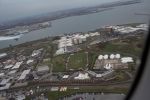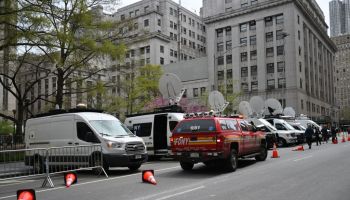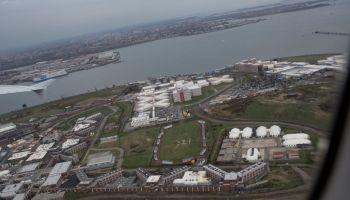VIA THE WASHINGTON POST:
The unemployment rate in the Washington region soared to 6.9 percent in January, according to government data released Friday. It is the area’s highest level in 20 years of record-keeping.
The region’s jobless rate was 6.2 percent in December and, not seasonally adjusted, 5.4 percent in January 2009.
January’s data show the fragility of the region’s economic recovery, analysts said. Long-term unemployed workers, many of whom had stopped looking for work, saw signs of economic improvement and reentered the labor force to apply for jobs. But job losses continued in such sectors as construction, retail and financial services. Even professional and business services, historically one of the region’s best sectors, lost thousands of jobs during the 12-month period ending in January.
“By and large this is viewed as bad news,” said Anirban Basu, chairman and chief executive of Sage Policy Group, a Baltimore economic and policy consulting firm.
“It suggests many people began a job search in the Washington area, but precious few of them found jobs,” Basu added. “For people looking for work, it’s still a tough market.”
During the 12-month period ending in January, tens of thousands of jobs were added in the region — 17,000 in the federal government, 3,000 in education and health services, and 1,000 in leisure and hospitality.
Discouraged workers are also finding opportunities. For instance, area think tanks are beginning to extend the hours of temporary workers — and offering more of them permanent positions, said Wendy Zanarotti, associate director of Washington-based Help Unlimited Temps.
“We started seeing a pivotal turn in temp hiring in January,” Zanarotti said.
“The beginning of the year, there were more long-term opportunities — three to four weeks. Last year, it was more short-term — less than a week,” she added. “We have definitely seen their willingness to hire temps more” for permanent positions.
Still, 46,900 jobs were lost during the 12-month period, according to the Bureau of Labor Statistics data. The big losers were construction (-13,000), state and local government (-7,000), financial services (-6,000), professional and business services (-5,000), and retail (-2,000).
Despite the losses, thousands of unemployed people returned to the labor market to look for jobs, experts said.
“We brought in 8,000 more [unemployed] people who had not been in the labor force the previous January,” said Stephen S. Fuller, director of the Center for Regional Analysis at George Mason University.
“We’re losing six jobs for every one new job added,” Fuller said. “We’re going backward.”
Fuller said he expects that the February snowstorms, which closed many businesses, will boost the unemployment rate further that month. He said he thinks the rate will continue rising in March, then begin to slowly decrease in the second half of the year.
Even as unemployment here worsens, the Washington region has fared better than most of the country. The national unemployment rate, seasonally adjusted, was 9.7 in January.
- Libya: Entertainment, Food, Languages, Places To Visit + More
- Algeria: Entertainment, Food, Languages, Places To Visit + More
- South Sudan: Entertainment, Food, Languages, Places To Visit + More
- Tunisia: Entertainment, Food, Languages, Places To Visit + More
- Morocco: Entertainment, Food, Languages, Places To Visit + More














